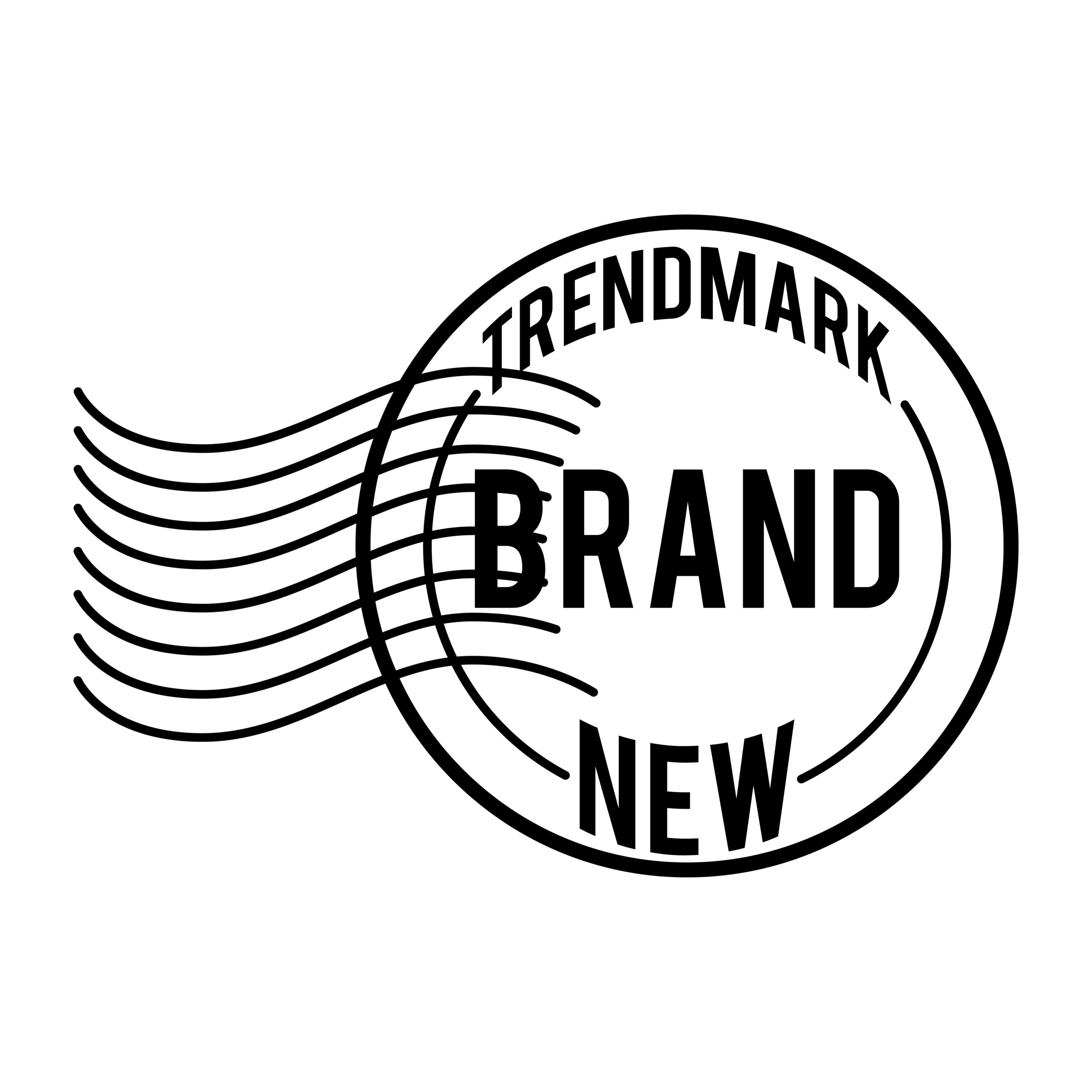Social media accounts and handles have become essential to any brand with the advancement of the digital world. More and more businesses are using the power of social media platforms to reach out to their customers. Hence the threat of brand infringement and misuse are high.
But who can enforce their brand rights in cases related to brand theft or passing off with social media accounts and handles? How can a brand protect itself from copying or misuse on social media?
The Role of Social Media Platforms in Trademark Enforcement
Social media platforms are primarily responsible for the enforcement of their own rules and policies regarding account names and handles. Each platform has its own guidelines on what constitutes trademark infringement and misuse of a brand’s identity.
- Facebook: The platform has certain policies that disallow “the unauthorised use of brand names in account names or usernames.” If your brand is being used without permission, you can file a report with Facebook’s Intellectual Property (IP) Help Centre so that they remove it.
- Instagram: Instagram also facilitates reporting accounts using your trademarked name or handle. According to its policy on its IP infringement platform, Instagram allows trademark owners a right to demand the account’s removal when utilised incorrectly and inappropriately for their brand. While the reporting process through Instagram is relatively speedy, you need proof of trademark registration before you can file a valid claim.
- LinkedIn: This is actually the professional networking site, and it seriously considers impersonation and brand abuse compared to its counterparts Fb and Instagram. If your brand name or logo is being used without permission in a company page or individual profile, LinkedIn allows you to report this through their Intellectual Property Rights Complaint form. Similar to the other platforms, proof of ownership of trademarks is necessary for the service. Getting an early hold on your company’s LinkedIn handle helps protect your business from the scourge of impersonation, thus preventing your brand from being misrepresented in the corporate world.
- TikTok: With the highly viral nature of TikTok, rapid spread of content, it may pose difficulties to brand protection. The Intellectual Property Policy of TikTok enables a company to file reports against accounts using the name or logo that is duly trademarked by the business without permission. If you find an account that uses your trademark, you can file a Trademark Infringement Report through official support avenues on TikTok. You’d need to have proof in the form of a registered trademark to back your claim, and they would remove the infringing content or account upon validation.
- X (previously Twitter): X has robust protections for trademarked usernames and handles. If someone is using your trademarked name or logo without permission, you can report this through the Trademark Violation process on X. The platform will review your claim and, if violation is proven, X may transfer the handle to you or remove the infringing account. A registered trademark is important while making those claims with an assurance of protecting the identity of your brand on X.
Although these companies have adequate complaint procedures in place, enforcement is largely left up to the trademark owner to monitor how the brand is used on social media. Platforms typically will not enforce unless a complaint is submitted and they will be much quicker to act for brands who have a trademark registered and can therefore prove ownership.
Registering Your Social Media Accounts Early
One of the best ways to protect your brand across social media is to secure your social media handles early, even if you do not intend to use all of the platforms right away. That way, you can avoid others registering your brand name to mislead your customers or harm your reputation. Secure variations and ensure the same social media account name across all platforms for consistency.
By registering early, thereby, locking in your brand’s handle, the chances of confusion or association with some illegitimate accounts are significantly reduced, thereby minimising brand confusion.
Enforcing Your Trademark on Social Media
Once the individual starts using your brand name or handle on social media without permission, then, it becomes imperative to enforce your rights. Here is how you can go about doing it:
- Brand Audit: Before you invest into any brand you should carry out a comprehensive brand audit which should include:
- Trademark Offices (wherever you plan to trade)
- Companies House
- Domain Names
- Social Media
- Trademark registration: The minute you apply for a trademark it is on public record, so make sure you are first to stake your claim. If you want guidance on how to select classes and authorities, reach out to our team who work quickly to get your brand locked down. Learn more about our trademark registration services here.
- Monitoring: With active trademark monitoring in place, you can relax knowing you have your own Trademark team vigilantly looking out for possible trademark infringement by continuously monitoring trademark journals, companies house and online social media using our proprietory software.
- Reporting: We supply monthly reports alerting you to potential trademark infringements rated by risk. Most commonly these breaches are not malicious and will quickly surrender the social media handle or rebrand provided we act quickly. However, should they be unwilling to surrender the handle then you can enforce your trademark via the platform as you will have proof of ownership of the brand via your trademark certificate.
- Representation: Most of our clients are busy growing their business and don’t have time to deal with trademark disputes, applications or renewals which is why most clients us us as their representatives to handle oppositions, website take downs, cease and desist letters and if needs be taking a matter to court (via our legal team) if the infringement is causing quantifiable damage to brand reputation by confusing your customers.
Social Media Handle Squatting Effect
Another problem which happens in businesses is that of squatting of social media handles, whereby one registers social media handles with hopes that they can sell at a much higher price. This practise used to be common with domain names and is really about exploiting businesses who want to present a solid online presence. The good news is, having a registered trademark allows you to retrieve these handles, especially ones that have been set up in bad faith.
Conclusion
Social media handles, like domain names, are now a significant aspect of brand protection and that is unlikely to change.
Although social media platforms do have processes to handle cases of brand misuse, the job of enforcing a brand is up to brand owners. As such, protecting your brand online should include having all your social media handles registered well in advance, monitoring the usage, and defending your trademark rights as and when required.
Following these steps will help you keep your brand or trademark secure and within your control. Brand protection covers more than your website and your logo, it also protects the integrity of your online presence, including social media.






